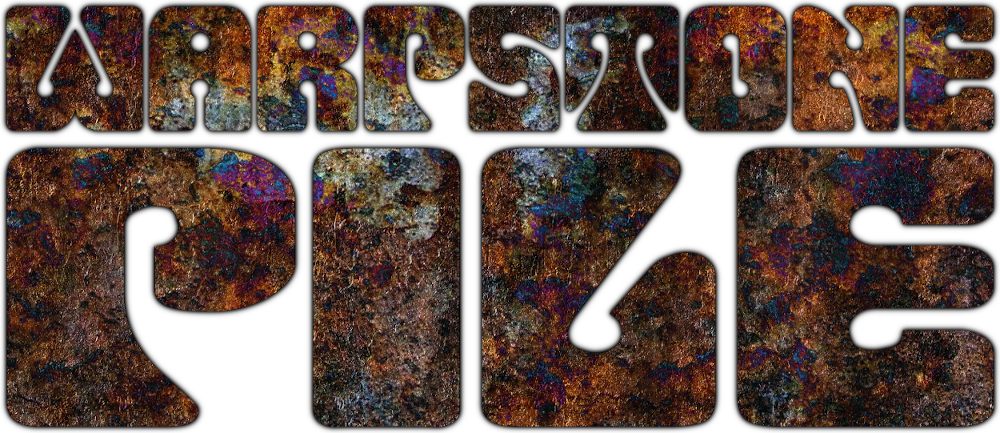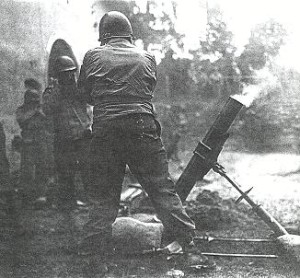I’ll be running Amiens again at Madicon this weekend (Saturday morning, 9AM! Be there, or be somewhere else!), so I really need to get around to posting the dang updated lessons-learned rules (“Post BA WWI rules” has been in my to-do list all February). Then, I’ll just stick the PDF in a link on the side and that should be the last you hear of it for a while.
Bolt Action – Small Scale Rules Modifications
All measurements and ranges (formation, weapon ranges, morale, etc.) remain unchanged, with the following exception:
Movement
- Basic move rate for infantry units is reduced to 4”. Running infantry units is 8”.
- Vehicle movement is also reduced: 6” for tracked and half-tracked vehicles, 9” for wheeled vehicles.
This worked out about perfect. Carrying over weapon ranges feels just right, but 6″ movement felt all kinds of wrong at this scale. Stepping it down worked great.
Bolt Action – Great War Rules
General Rules
Barbed Wire
Obstacle. Does not block line of sight or provide cover. If an infantry unit Advances over it, roll a d6 – on a 1-2, the unit is Entangled: it must stop movement before crossing the barbed wire and takes a hit. An Entangled unit may not benefit from a Down order.
A section is removed when a tracked vehicle moves over it, or when a unit with the Pioneer rule and two or more models in contact with it at the start of their activation is given a Run order; this consumes all of the movement of those models. A tracked vehicle may only remove one section at a time (ie: it cannot drive over two adjacent sections) but may remove more than one section in a single movement (ie: drive over one line of barbed wire and continue on to drive over a second, third, etc).
This worked out fine. I don’t think it came up all that often, but barbed wire was an effective deterrent: the Germans used it in an attempt to control the flow of the British as much as they could. So: as expected.
Creeping Bombardment
This is a line across the width of the table. In the first turn, it activates first and advances from the British edge of the table. In subsequent turns, it gets its own Activation die. When it is activated, it will advance 2d6+6″ towards the German table edge.
Shooting across it provides heavy cover.
Any unit within 6″ of this line is Caught in the Bombardment – roll when giving the unit its order or when a unit moves to within 6″ of it. Units may go Down in response to being Caught in the Bombardment:

Exposed units may not be given a Rally order when Caught in the Bombardment.
After advancing the Creeping Bombardment, roll a die for any Barbed Wire sections now within 6″ of this line. On a 6+, remove it.

I had to throttle back on this table, big time. In my first playtest, even being Entrenched didn’t help much. Although this represents a bigger deviation from basing the table on being hit by a Heavy Howitzer, I think it worked better.
Bunkers
Up to 20 models may shelter in each bunker. Units in a bunker are never Caught in the Bombardment (but might be treated as such if they exit the bunker into the bombardment). Otherwise, bunkers are treated as buildings.
This didn’t come up in the game: nobody hid in the bunkers.
Gas Masks
A unit given an Ambush, Down, or Rally order may put on or take off their gas masks. (This applies to vehicles as well.)
A unit wearing gas masks may not be given Advance or Run orders. A vehicle may not be given a Fire, Advance, or Run order.
A model wearing gas masks is at a -1 penalty to hit with shooting and always fight last in Close Combat.
This didn’t come up in the game: gas wasn’t used at Amiens. I’d like to give them a try at some point.
Poison Gas
Poison Gas functions as a smoke fired from a Heavy Howitzer (6″). When a model is contacted by a poison gas cloud, roll a d6:
- The model is wearing a gas mask: The model is killed on a 6. Veterans may reroll failures.
- The model is wearing a gas mask: The model is killed on a 2+.
If a vehicle is ‘killed’ by this roll, treat it as a Knocked Out result.
This didn’t come up in the game: gas wasn’t used at Amiens. I’d like to give them a try at some point.
Reserves/Outflanking
Units may not be deployed in an Outflanking maneuver.
However, units brought on from Reserves may be brought in along the edge of the table at the trenches, with an additional -1 penalty for the trenches nearest their side of the table, and a -2 for the trenches furthest. This is decided when making the order check. So: a unit may be brought in from Reserve along the table edge at -1 morale, the near trench at -2, and the far trench at -3.
Originally, sides could bring in reserves from trenches that they “controlled” (so, once the British crossed Trench 1, the Germans could no longer bring in reserves from that trench and the British could). This update adds flexibility and risk-reward. I think it’ll work out.
Trenches
Units may not Run across trenches. Trenches provide Heavy Cover as if it were a building. When a unit is hit by an HE round in a trench, roll a d6 – on a 1-4, the Extra Protection rule is not ignored (on a 5-6, it is ignored as usual). To clarify: when a unit is hit by an HE round in a trench, on a 5-6, they require 6s to be wounded.
Units may fire at other units down the length of a Trench using true line of sight, but any model more than 6” away is always out of range.
At the beginning of the game, determine if trenches are wide. If trenches are wide, vehicles may not cross them except across a fascine.
These worked out as expected.
War to End All Wars
The scope of this conflict ranges for miles and miles and miles along the line along the front. When an Order Die is removed from the bag (because a unit is eliminated) it may be recycled. To recycle an Order Die, select a dead, non-vehicle unit from casualties (or assemble an infantry squad from casualties): non-vehicle, non-team units recycle on a 3+, vehicles and units with the Team rule recycle on a 5+.
If you succeed, the unit is placed into Reserves at the beginning of the next turn. If you fail, the Order Die is removed from the game. You do not have to immediately recycle the Order Die.
This was the big lessons-learned from the game: by allowing the players (especially the Germans) to infinitely recycle their units, effectively removing any consequences from losing a unit. “I’ll run the flammenwerfer forward: if it dies, that’s okay! It’ll be back next turn!” This will help keep things from being hopeless but will make using a unit, especially a Team, still hurt.
Army Special Rules
Britain
Mark V*s
The Mark V* tank had space to transport infantry; this was not done in practice because the conditions were awful. On disembarking from a Mark V*, its passengers immediately take d3 pins and must test before being able to complete their Order.
Mark V*s were lengthened to handle wider trenches; as such they never require fascines to cross trenches.
The British declined to use these as transports, and the trenches weren’t wide so neither of these came up.
Germany
K Bullet
After June 1917, German machine guns get +1 Penetration against tanks.
This was, I think, key to the Germans not just being miserable all game. It gave them capability to deal with the British tanks.
Stormtrooper
German NCOs may not be removed with exceptional damage.
I don’t remember if it came up or not. Exceptional damage is an important rule, but could slow things down in a larger game so I’m tempted to remove it entirely.












































































